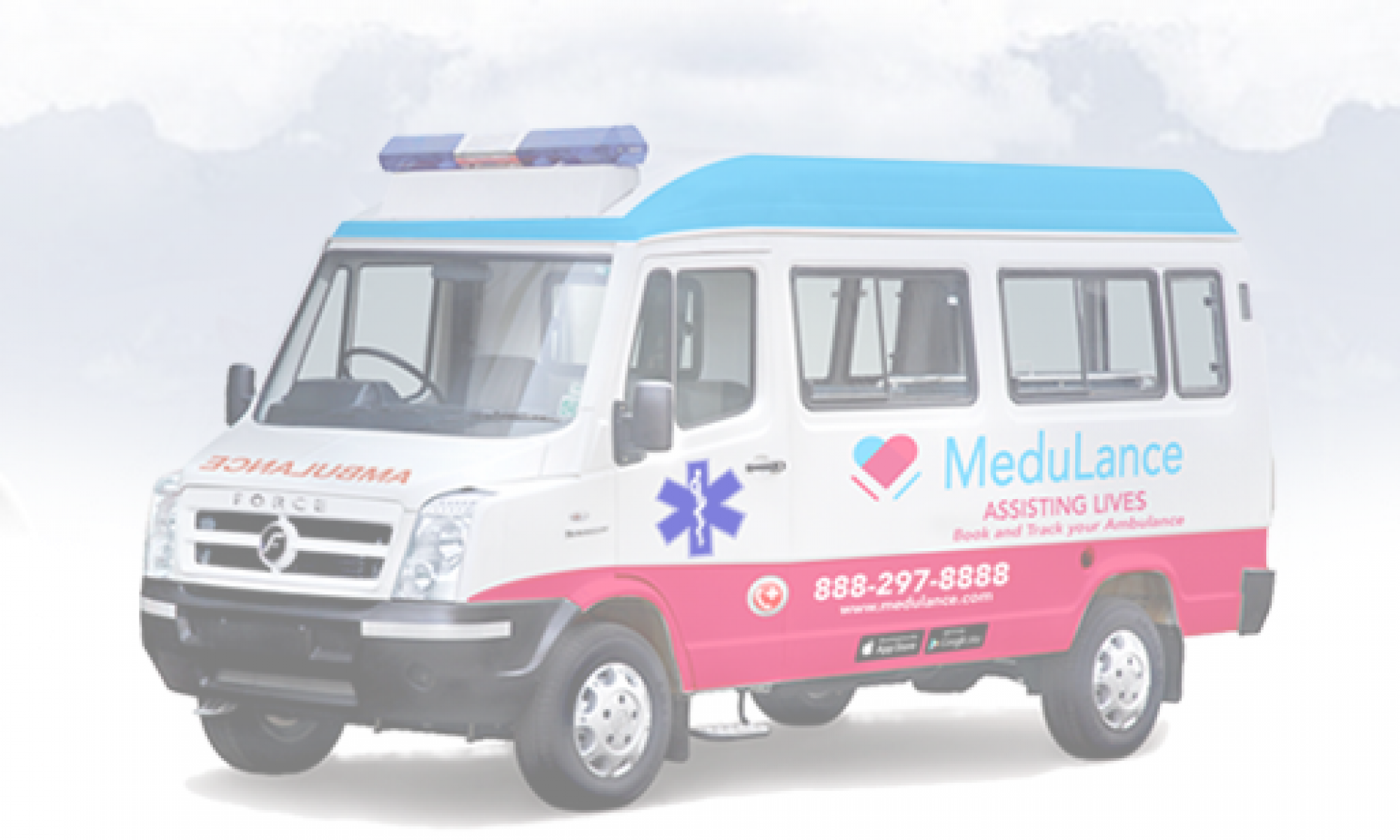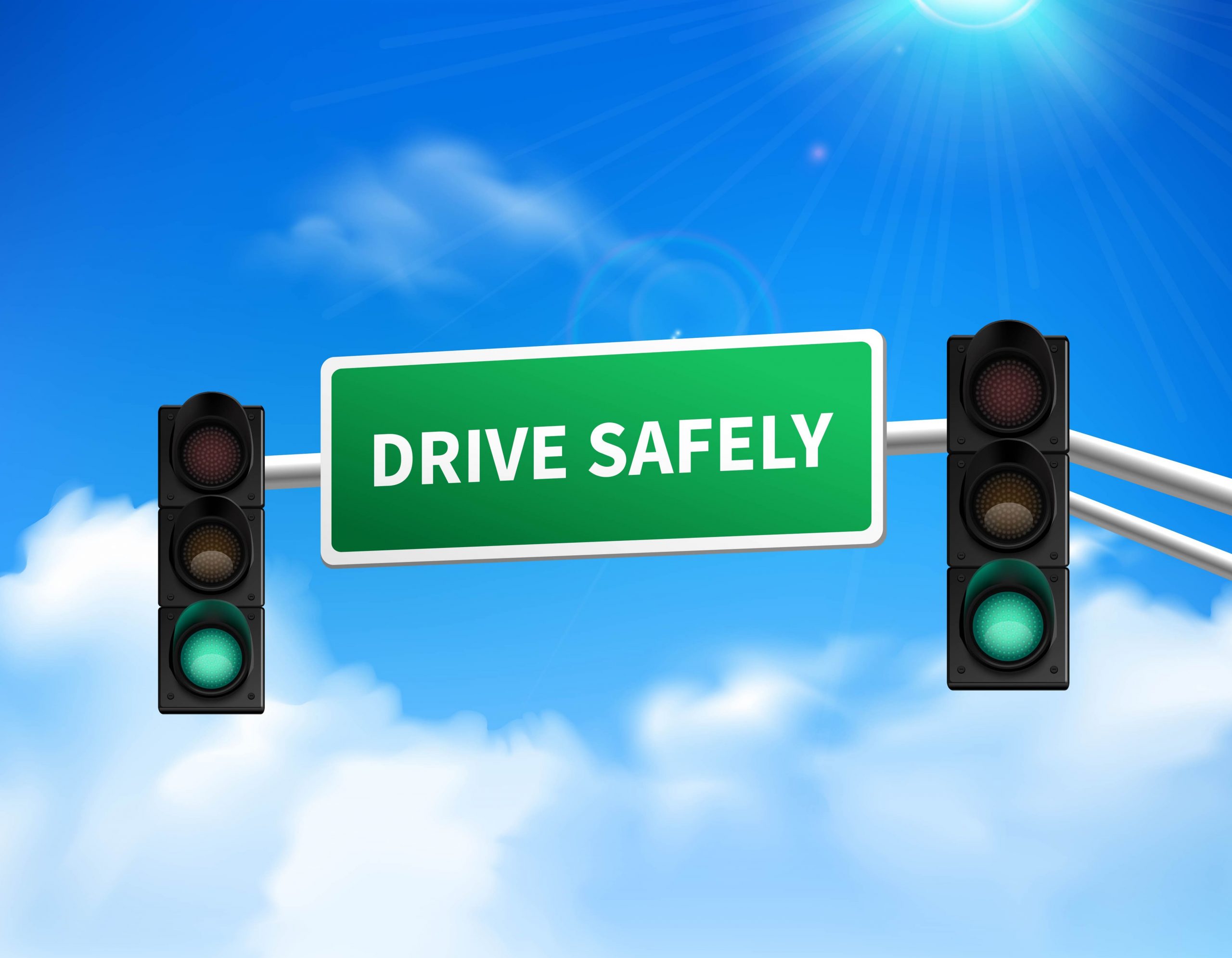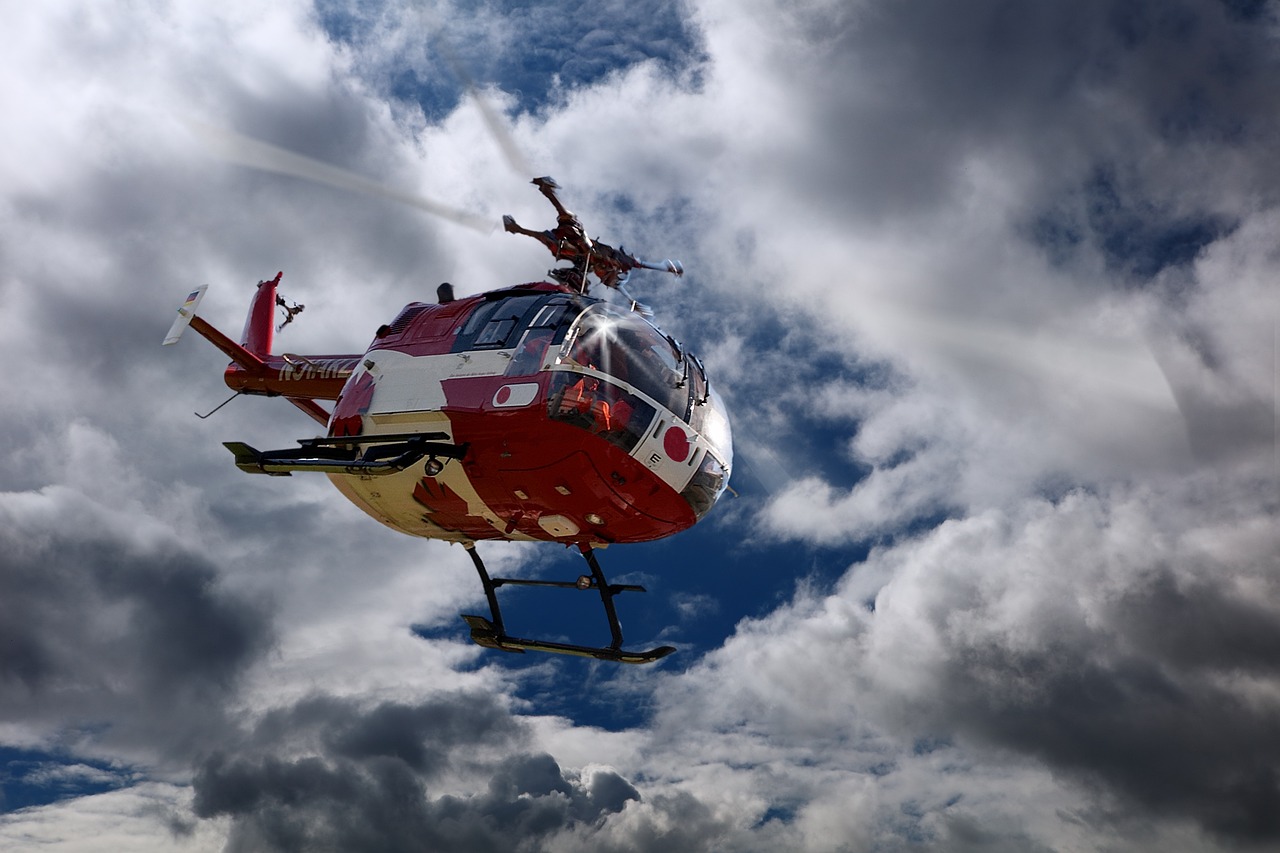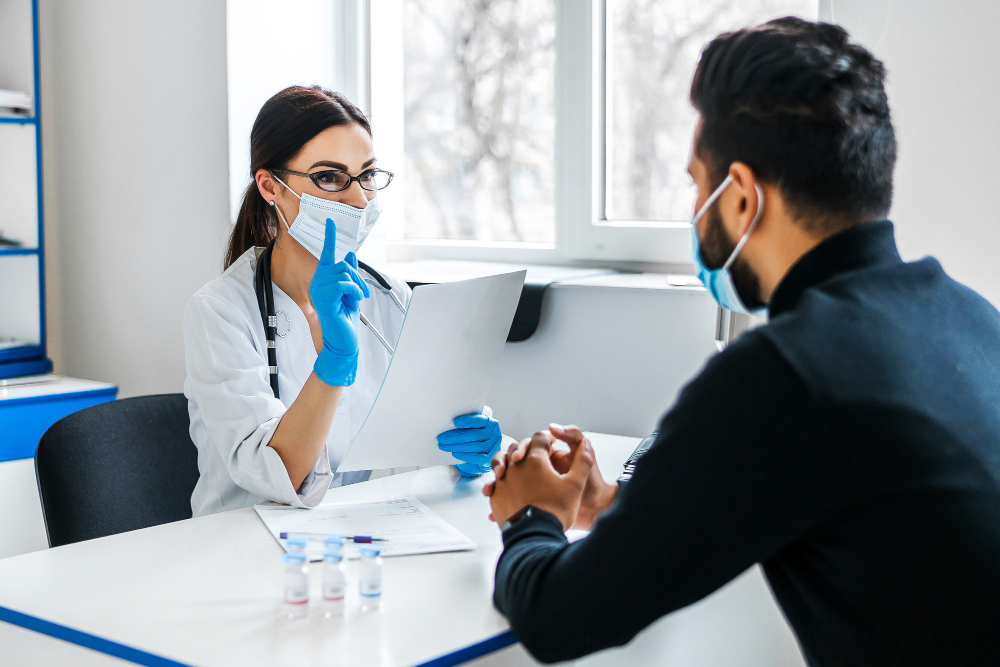Road Safety Week is an annual campaign coordinated by the Road Safety Association (RSA) to increase awareness about road safety. It’s a time when people are encouraged to think about their driving behavior and encourage others to do the same. With more than 1.3 million people killed in road crashes every year, it’s essential that we all take extra care to stay safe on the roads. In this blog post, we will explore some of the key messages from Road Safety Week and how you can drive with extra care.
Importance of Raising Awareness About Road Safety Issues
It is important to raise awareness about road safety issues because they are a leading cause of death and injury worldwide. Road traffic accidents claim the lives of 1.25 million people each year, and injure or disable up to 50 million more. The majority of these crashes occur in low- and middle-income countries, where 80% of the world’s population lives.
Poor road safety is a major contributor to poverty and socioeconomic inequality. It disproportionately affects vulnerable road users such as pedestrians, cyclists, and motorcyclists, who are often poor and lack access to private vehicles. In many countries, women are also at greater risk of being involved in a road traffic accident due to their reduced mobility and lack of access to safe transport options.
By raising awareness about road safety issues, we can help reduce the number of accidents and save lives. There are many ways to do this, including:
- Educating people about the dangers of speeding, drunk driving, and other risky behaviors
- Encouraging people to follow traffic laws and wear seatbelts
- Improving road design to make it safer for all users
- Providing better training for drivers
Road Safety Measures You Should Follow While Driving During Day and Night
When driving during the day, always wear your seatbelt and make sure your headlights are on. Slow down when approaching intersections and yield to oncoming traffic. Don’t drive distracted, and always be aware of your surroundings. At night, drive with your headlights on and be extra cautious of pedestrians and cyclists. Pay attention to your speed and don’t tailgate other vehicles. Be prepared for animals crossing the road.
Role of Regular Vehicle Maintenance in Ensuring Road Safety
Regular vehicle maintenance is crucial for ensuring road safety. By keeping your vehicle in good condition, you can help prevent accidents and ensure that everyone on the road is safe.
Here are some tips for maintaining your vehicle:
- Check your tires regularly. Make sure they are inflated to the proper pressure and that there is no excessive wear.
- Check your brakes regularly. Make sure they are in good condition and that there is no excessive wear.
- Check your lights regularly. Make sure they are working properly and that all bulbs are functioning.
- Check your fluid levels regularly. Make sure you have enough oil, coolant, and other fluids to keep your vehicle running properly.
- Check for Recall Notices: Occasionally, a manufacturer will issue a recall notice for a specific problem with a car or truck model. Be sure to check for any recall notices that apply to your vehicle so you can get it serviced as soon as possible if necessary.
Conclusion
Road Safety Week is an important reminder for all of us to drive with extra care and attention. We must make sure we are aware of our surroundings at all times, whether it’s day or night time, so that everyone can get home safely. Remember to always check your vehicle before heading out on the roads and take any necessary defensive driving precautions while behind the wheel. By following these tips, you can help keep yourself and others safe on the road during this Road Safety Week!





